Renewable energy is accumulated from renewable sources. Renewable sources replenish on their own through nature.
What are renewable energy sources? The renewable sources include:
Each of these natural resources are renewed naturally. All are cleaner than fossil fuels.
In the past six to seven decades there have been numerous innovations in this field. There are still innovations needed to make renewable energy more efficient and easier to use. Innovations like electric vehicles that can go longer on a charge than they could 10 or 20 years ago.
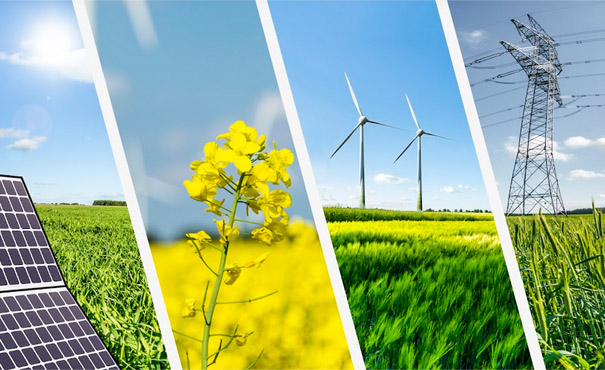
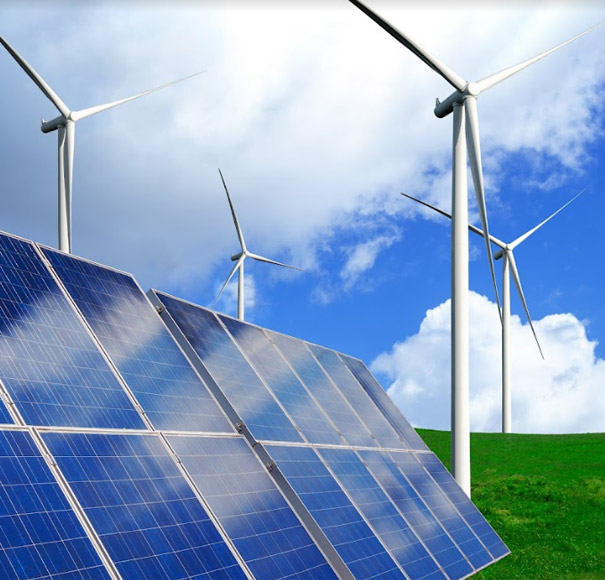
Let’s take a look at each renewable energy to learn more about it.
Solar power can be harvested with solar panels. It can be saved in to a battery bank. It can also be sent to the grid. What can solar power be used for? Solar power is used for any of the following:
Solar power has been around a long time but recent developments and innovations have it able to last longer on a single charge.
What is lacking at the present time is the infrastructure to support millions of electrical vehicles and industry processes to make goods and services.
Using solar power reduces the use of fossil fuels. The more we reduce the use of fossil fuels the cleaner the planet will be for future generations. There will be less global warming causing issues like hurricanes, droughts, floods, etc.
Wind has been used for a thousand years. Back then they used wind to turn windmills. Those windmills pumped water from the ground and grind grains like oat and wheat.
Today, we have wind turbines that make electricity from the wind. Today’s wind turbine can generate between 600 kW to 9 MW of rated power. Wind turbines are usually grouped together is what is called a wind farm. The ideal location for wind farms is offshore in the sea or high altitudes.
There are more new innovations in wind power that will come to pass. In fact, as you are reading this research and testing is being done. With each upgrade or new generation of wind power it will increase the amount of electricity it makes, harvests, saves, and will provide electric to even more commercial and residential areas.
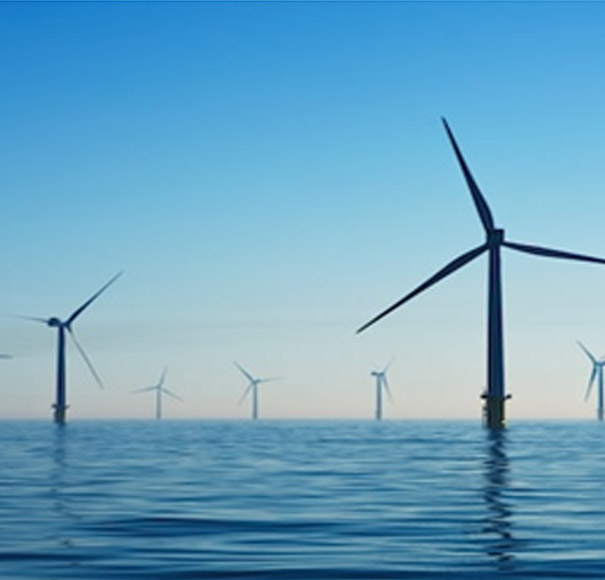
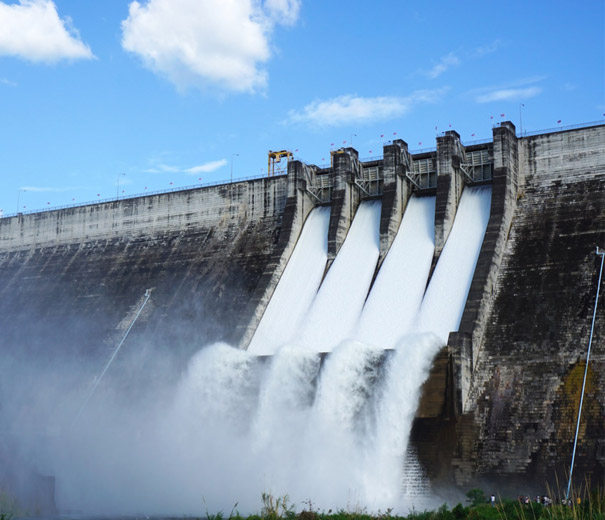
Hydropower uses falling or fast moving water to generate electricity. In the past water power from watermills was used for irrigation and mechanical uses. Those mechanical uses include:
Today, the Hoover damn generates about four billion kilowatt hours a year in to the grid for sale to places in California and others.
Hydropower reduces emissions of greenhouse gases and does not affect the greenhouse effect. It is a renewable clean energy.
What are the biofuels available? They include the following:
The advantages and disadvantages of bioenergy are:
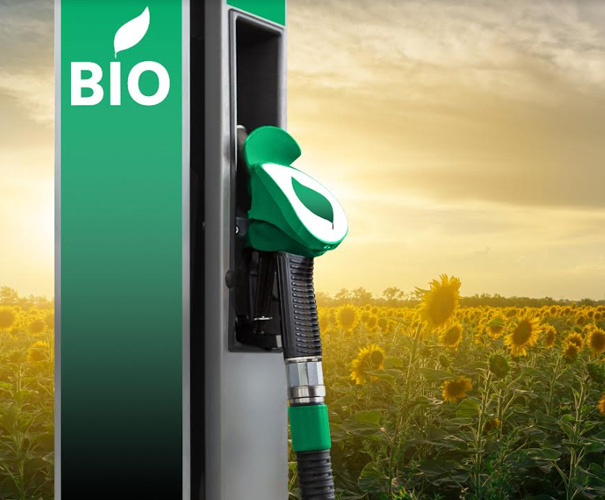
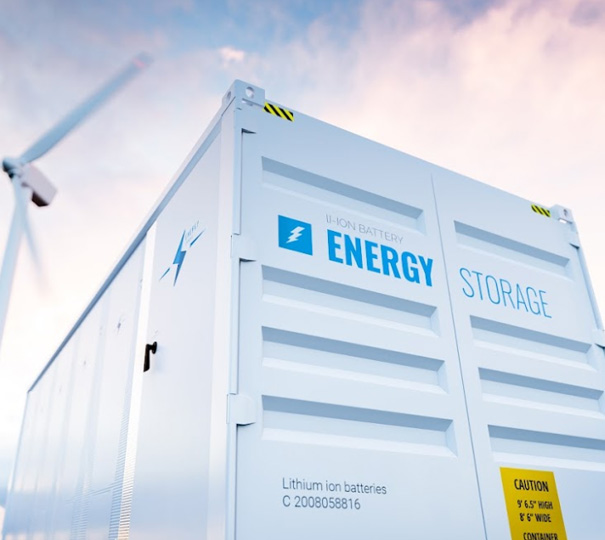
Geothermal energy is stored in the earth. It is original material from the earth and radioactive decaying of materials. Geothermal energy uses water from hot springs to create heat. It also can create electricity.
It has its advantages and disadvantages.
Using all these renewable energies will have a big impact on saving the earth. Along with using these renewable energies you can purchase carbon credits. Doing this is the best way to ensure future generations have a future here on earth.